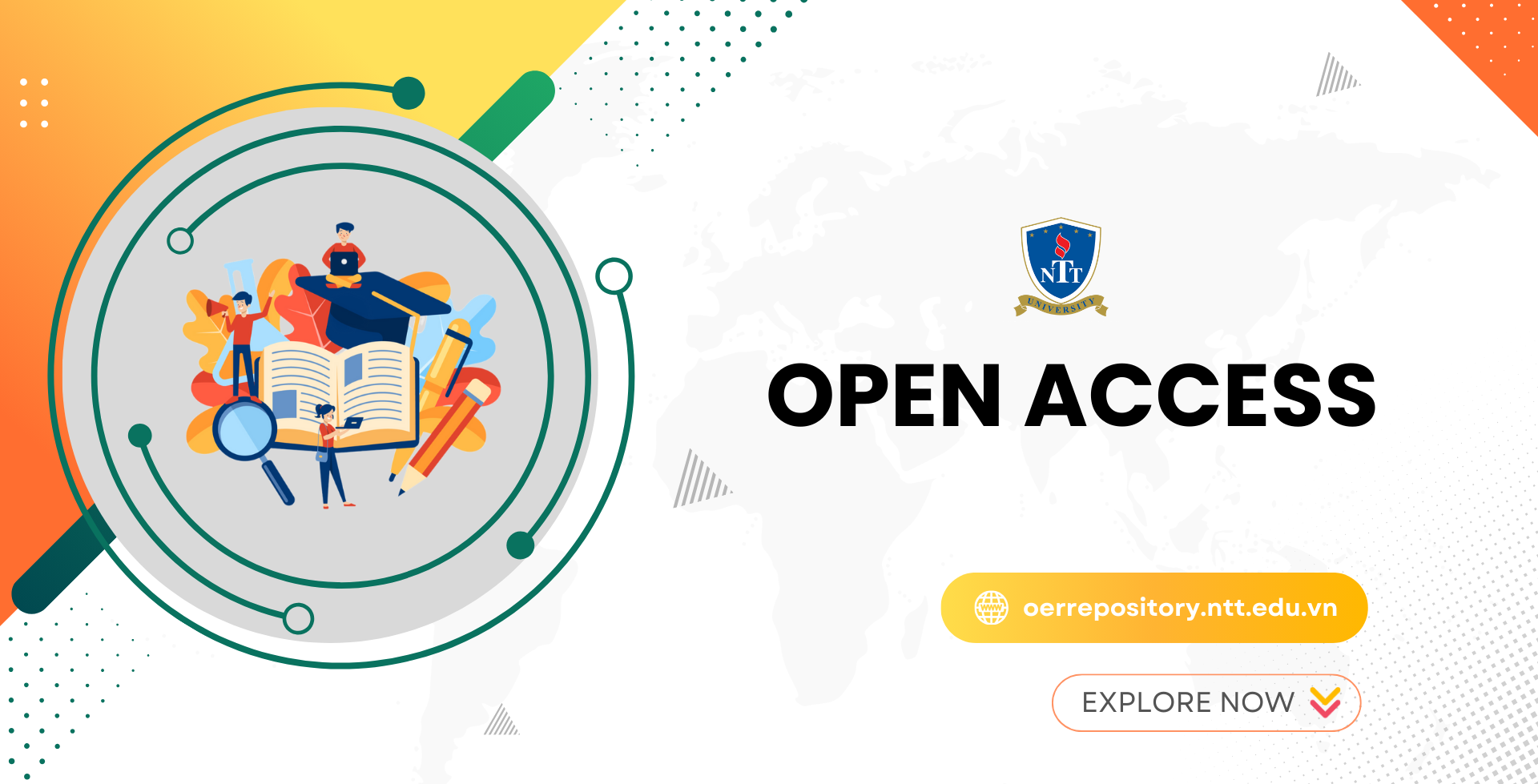Danh sách Đơn vị
Chọn đơn vị chứa bộ sưu tập tài liệu
Đang hiển thị 1 - 5 trong tổng số 6
Các tài liệu tải lên gần đây
Tài liệu
Symmetry in Quantum Optics Models
(MDPI, 2019) Lamata, Lucas
Prototypical quantum optics models, such as the Jaynes–Cummings, Rabi, Tavis–Cummings, and Dicke models, are commonly analyzed with diverse techniques, including analytical exact solutions, mean-field theory, exact diagonalization, and so on. Analysis of these systems strongly depends on their symmetries, ranging, e.g., from a U(1) group in the Jaynes–Cummings model to a Z2 symmetry in the full-fledged quantum Rabi model.
In recent years, novel regimes of light–matter interactions, namely, the ultrastrong and deep-strong coupling regimes, have been attracting an increasing amount of interest. The quantum Rabi and Dicke models in these exotic regimes present new features, such as collapses and revivals of the population, bounces of photon-number wave packets, as well as the breakdown of the rotating-wave approximation. Symmetries also play an important role in these regimes and will additionally change depending on whether the few- or many-qubit systems considered have associated inhomogeneous or equal couplings to the bosonic mode.
Moreover, there is a growing interest in proposing and carrying out quantum simulations of these models in quantum platforms such as trapped ions, superconducting circuits, and quantum photonics.
In this Special Issue Reprint, we have gathered a series of articles related to symmetry in quantum optics models, including the quantum Rabi model and its symmetries, Floquet topological quantum states in optically driven semiconductors, the spin–boson model as a simulator of non-Markovian multiphoton Jaynes–Cummings models, parity-assisted generation of nonclassical states of light in circuit quantum electrodynamics, and quasiprobability distribution functions from fractional Fourier transforms.
Tài liệu
Advanced Numerical Methods in Applied Sciences
(MDPI, 2019) Brugnano, Luigi; Iavernaro, Felice
The use of scientific computing tools is currently customary for solving problems at several complexity levels in Applied Sciences. The great need for reliable software in the scientific community conveys a continuous stimulus to develop new and better performing numerical methods that are able to grasp the particular features of the problem at hand. This has been the case for many different settings of numerical analysis, and this Special Issue aims at covering some important developments in various areas of application.
Tài liệu
Plasmonics and its Applications
(MDPI, 2025) Barbillon, Grégory
Plasmonics is a rapidly developing field that combines fundamental research and applications ranging from areas such as physics to engineering, chemistry, biology, medicine, food sciences, and the environmental sciences. Plasmonics appeared in the 1950s with the discovery of surface plasmon polaritons. Plasmonics then went through a novel propulsion in the mid-1970s, when surface-enhanced Raman scattering was discovered. Nevertheless, it is in this last decade that a very significant explosion of plasmonics and its applications has occurred. Thus, this book provides a snapshot of the current advances in these various areas of plasmonics and its applications, such as engineering, sensing, surface-enhanced fluorescence, catalysis, and photovoltaic devices.
Tài liệu
New Developments in Statistical Information Theory Based on Entropy and Divergence Measures
(MDPI, 2025) Pardo, Leandro
This book presents new and original research in Statistical Information Theory, based on minimum divergence estimators and test statistics, from a theoretical and applied point of view, for different statistical problems with special emphasis on efficiency and robustness. Divergence statistics, based on maximum likelihood estimators, as well as Wald’s statistics, likelihood ratio statistics and Rao’s score statistics, share several optimum asymptotic properties, but are highly non-robust in cases of model misspecification under the presence of outlying observations. It is well-known that a small deviation from the underlying assumptions on the model can have drastic effect on the performance of these classical tests. Specifically, this book presents a robust version of the classical Wald statistical test, for testing simple and composite null hypotheses for general parametric models, based on minimum divergence estimators.
Tài liệu
Quantum Probability and Randomness
(MDPI, 2025) Khrennikov, Andrei; Svozil, Karl
The last few years have been characterized by a tremendous development of quantum information and probability and their applications, including quantum computing, quantum cryptography, and quantum random generators. In spite of the successful development of quantum technology, its foundational basis is still not concrete and contains a few sandy and shaky slices. Quantum random generators are one of the most promising outputs of the recent quantum information revolution. Therefore, it is very important to reconsider the foundational basis of this project, starting with the notion of irreducible quantum randomness. Quantum probabilities present a powerful tool to model uncertainty. Interpretations of quantum probability and foundational meaning of its basic tools, starting with the Born rule, are among the topics which will be covered by this issue. Recently, quantum probability has started to play an important role in a few areas of research outside quantum physics—in particular, quantum probabilistic treatment of problems of theory of decision making under uncertainty. Such studies are also among the topics of this issue.
